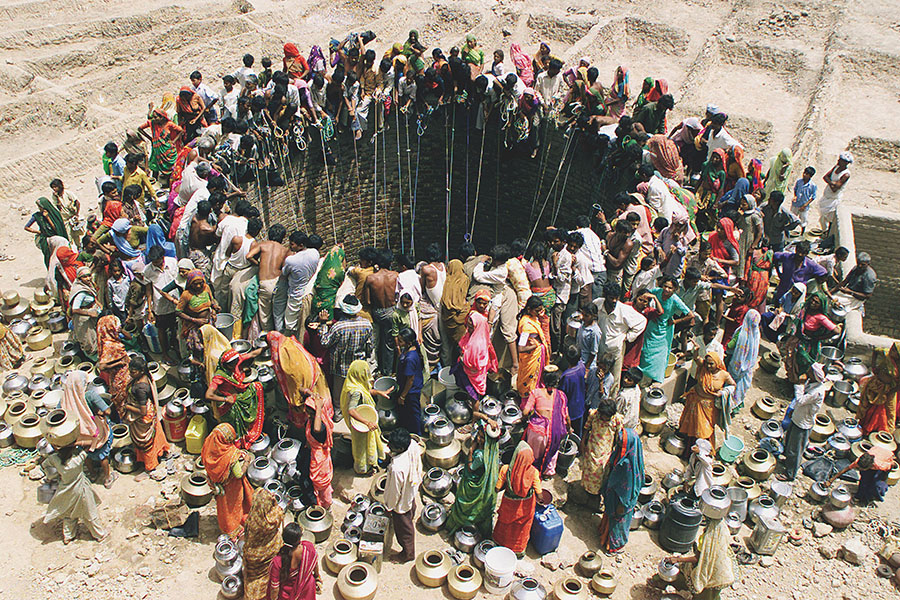Since it’s inauguration in Geneva in 2010, the Making Peace photo exhibition – considered one of the largest photo exhibits of its kind ever produced – has been shown in 12 major cities, including in a Rio de Janeiro subway station during the 2016 Summer Olympic Games.
What impact can an exhibition such as Making Peace have on the public? The number of visitors to the exhibition since its inception has been more than 1.2 million people. But an audience drawn to the intriguing narratives in the photographs and to photography as a discipline, isn’t enough. Understanding how and why the project has an impact on our target audience of young people from age 12 to 24, is key to its success.
The Making Peace exhibition tries to portray the key elements that are necessary to create sustainable peace, while paying tribute to the people across the planet who devote their time, energy and resources to its cause. Many of these people and organizations have influenced the course of the 20th century.
Here are 13 powerful images for World Refugee Day 2019, that give some insight into the issues, and the people, who are dealing with this crisis.

















































